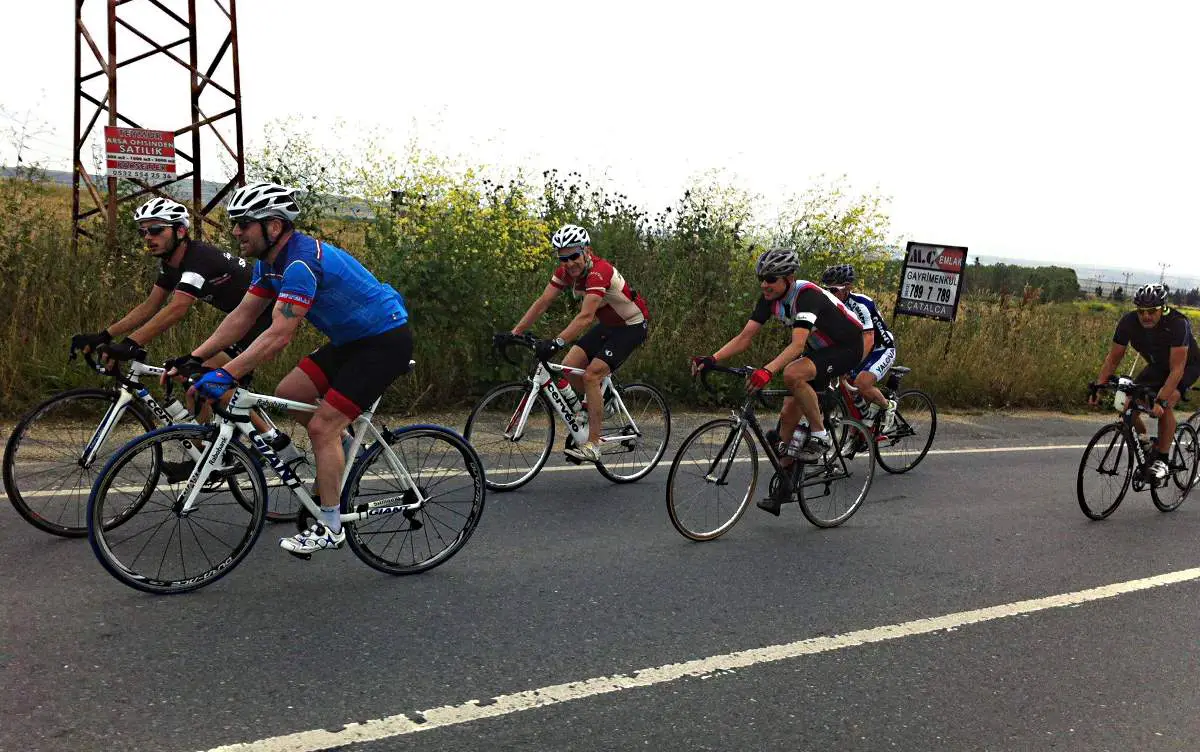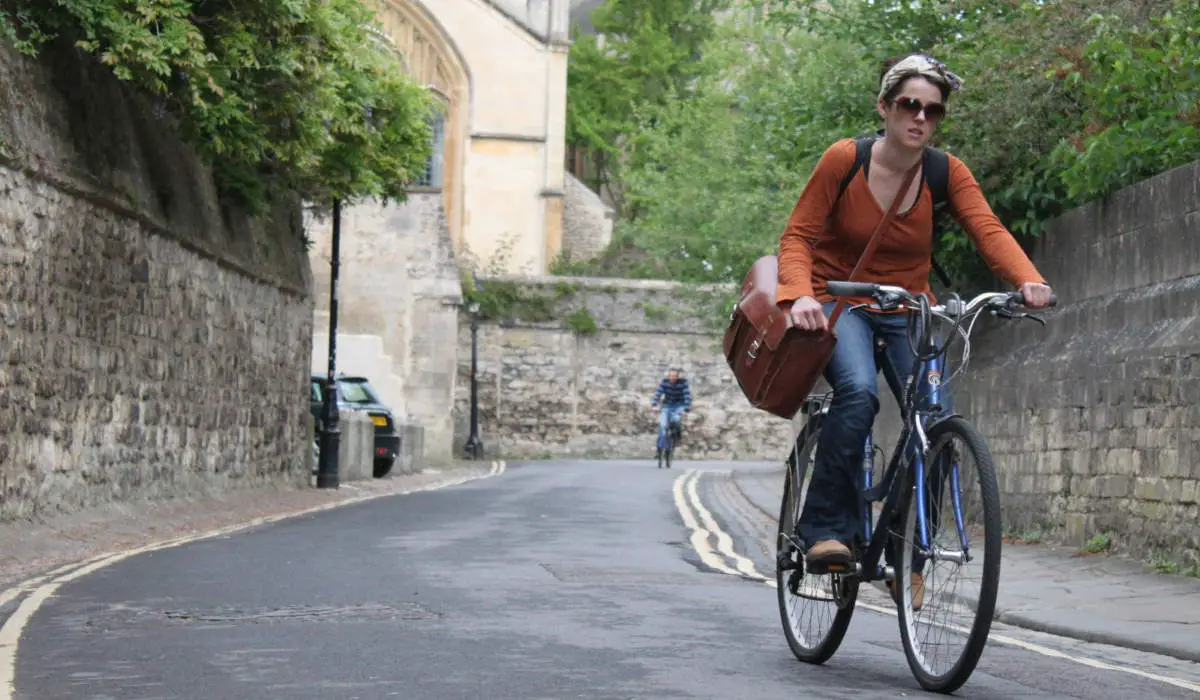Humans have been riding bicycle-like machines for close to 200 years, beginning with the Draisine or “velocipede” in 1817. While riding and balancing a bicycle can seem simple and effortless, the actual control process used by a human rider is still somewhat of a mystery. Using mathematical equations, researchers have explained how a bicycle without …
Continue reading “The strange biomechanics of riding – and balancing – a bicycle”




